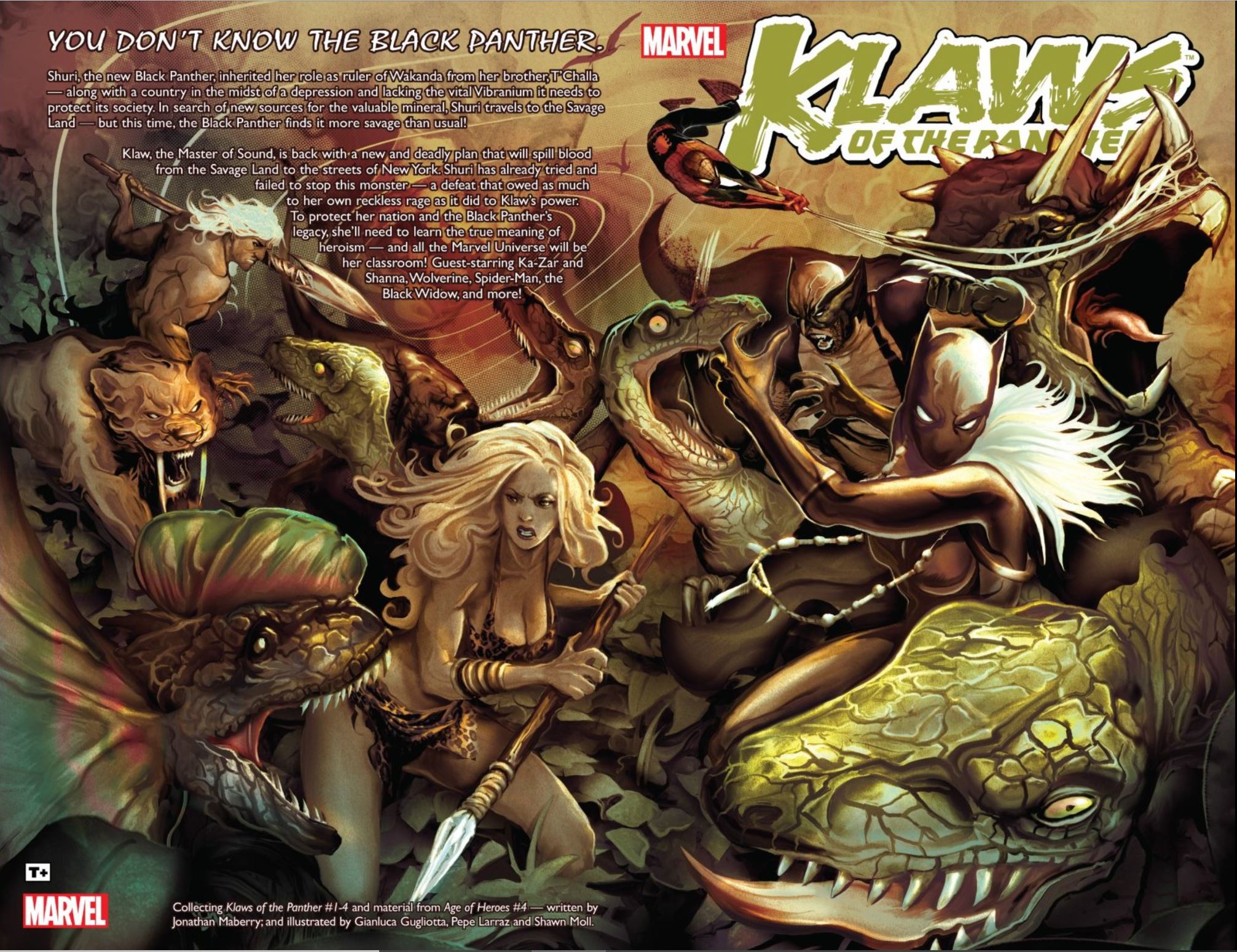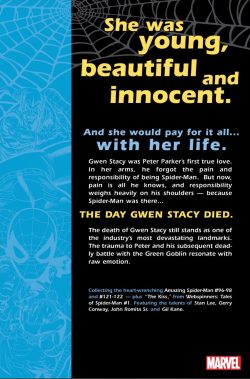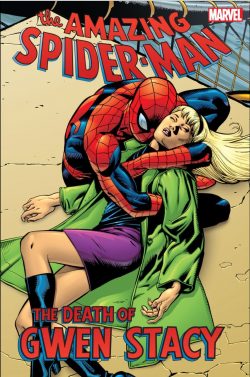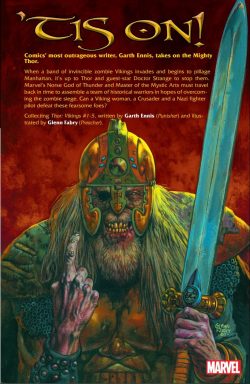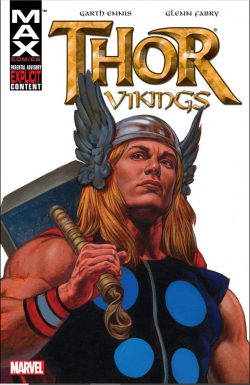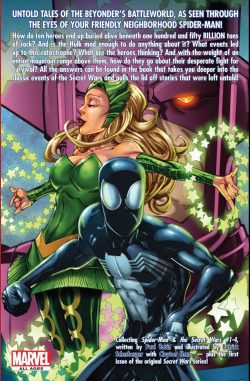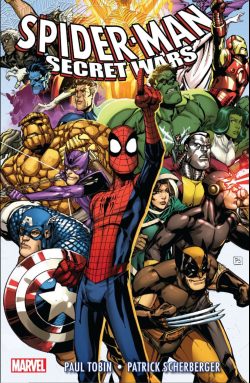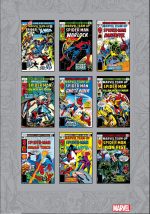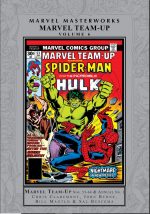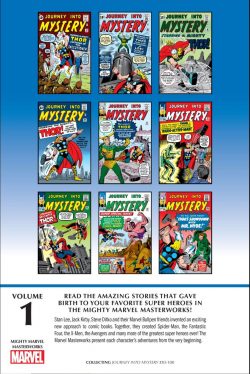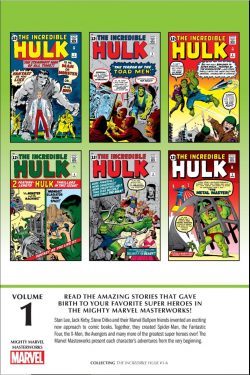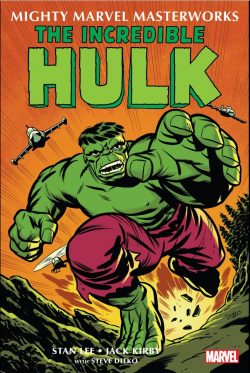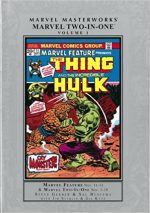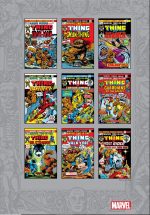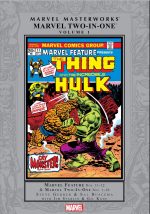

By Reginald Hudlin, Denys Cowan & various (Marvel)
ISBN: 978-0-7851-4401-4 (TPB/digital editions)
Everybody loves a solid sensibly sensational team-up and, if you’re a comicbook fan, “discovering†a slice of previously unrevealed secret history about your preferred fictive universe is an indescribable thrill. So, what better than if you can combine both guilty pleasures with enjoying a rollicking four-fisted action rollercoaster ride, well written and superbly rendered?
Just one such concatenation of good things in one basket is Captain America/Black Panther: Flags of Our Fathers by Reginald Hudlin & Denys Cowan. Comic continuity is especially fluid in this yarn, which was originally released as a 4-issue miniseries between June and September 2010. It depicts the secret and tumultuous first meeting between the patriotic symbols of two embattled nations and, thankfully, only nit-picking, uber fans-boys need quibble over which (of at least three) “first contacts†this riotous romp describes. The rest of us can simply hang on as a fabulous all-action clash unfolds before our very eyes…
The Black Panther rules over a fantastic African paradise which isolated itself from the rest of the world millennia ago. Blessed with unimaginable resources – both natural and not so much – the nation of Wakanda developed uninterrupted and unmolested by European imperialism into the most technologically advanced human nation on Earth.
The country has also never been conquered. The main reason for this is an unbroken line of divinely-sponsored warrior kings who safeguard the nation. The other is a certain miraculous super-mineral found nowhere else on Earth…
In contemporary times that chieftain is T’Challa: an unbeatable, feline-empowered, strategic genius who divides his time between ruling at home and serving abroad in superhero teams such as The Avengers, beside costumed champions such as Iron Man, Mr. Fantastic, Thor and Captain America…
However, long ago as World War II engulfed the world, another Black Panther – the grandfather of the one we know best – met a far younger and more impulsive Sentinel of Liberty…
With the first two chapters inked by Klaus Janson, the action kicks off in the middle of a furious as Gabe Jones – the only black guy in Sgt. Fury’s Howling Commandos – is just as startled as his white buddies to find a masked maniac dressed like an American flag pounding the crap out of the Nazis they’re being swamped by…
Although they initially think he’s a clown, the Howlers soon take to the naïve Star-Spangled Captain America. They have to, as the Top Brass think they complement each other and have ordered soldiers and superhero to work together from now on.
Meanwhile in Germany, Adolf Hitler orders his most elite warriors to invade a barely known African kingdom and secure supplies of a vibration-absorbing element crucial to the Wehrmacht’s development of V-weapons. Arch-supremacist Baron von Strucker and his cronies expect no trouble from the primitive, sub-human non-Aryans, but the malign Red Skull has reservations…
When the Allies get word of the expedition, they quickly send their top team to stop the Nazis, but they are too late. The fabled Wakandans have already despatched a German expeditionary force with the ruthless silent efficiency that has kept their homeland unconquered for thousands of years…
As a shocked Captain America surveys the bloody handiwork, he is challenged by a warrior in a sleek black outfit, looking like a human panther…
Soon his amazement increases exponentially. Although seemingly barbaric and uncivilised, the Wakandans are technologically more advanced than America, capable enough to capture Nick Fury and the Howling Commandos without a fight, and with a spy network that encompasses the world and has even gleaned his top secret civilian identity. Worst of all, the Black Panther kicks his butt when they inevitably clash…
Soon, however, the Americans are “guests†of the Wakandans, forced to watch as the next wave of Nazi conquerors attempt to overwhelm the nation. However, what nobody realises is that the Skull is in command now and the sacrifice of an entire tank division is part of his overall strategy to conquer the upstart Africans defying the might of the Third Reich…
Soon, the Howlers are on tricky ground: acting as unschooled diplomats and emissaries of their country and ideology. But Black Panther King Azzuri knows what they really want is a sample of precious, sacred Vibranium…
Until now Gabe has felt that he’s allied with the only non-racists in the US armed forces, but now Fury orders to get close to the Africans and secure some of the miracle metal at all costs. Stunned by the casual, unthinking racism of his superior and his white comrades, Gabe is torn by conflicting emotions. Especially as Azzuri has shown him great favour and a black-only promised land any “negro†living in America would die to live in…
The Nazis’ intent is also plain and the Skull’s true attack is not long in coming. As well as conventional troops and planes, the Nazis employ their own secret weapons – robotic war-suits and metahuman super-soldiers Master Man, Krieger Frau/Warrior Woman and merciless sadist Armless Tiger Man. They are assisted by a traitor from Wakanda’s own dissident region: the mercilessly savage, cruelly ambitious Man-Ape…
With issues #3 and 4 inked by Tom Palmer & Sandu Florea, the action roars into high gear as the offensive achieves its goal of penetrating Wakanda’s defences and even sees the king’s sons T’Chaka and S’Yan (both future Black Panthers) attacked in the palace by a murderous assassin before being saved by the deeply conflicted Gabe. From then on, it’s nothing but all-out war, picking up the pieces and adjusting to a new normal in a world that doesn’t know the meaning of the word…
Confronting head-on historical and contemporary issues of racism whilst telling a stunning tale of action and adventure is no mean feat, but Hudlin & Cowan pull it off with staggering success. Flags of Our Fathers brilliantly highlights two national symbols in conflict yet united in mutual benefit with style and wit, and still manages to tell a tale of breathtaking power and fun. Read it now and see for yourself.
© 2010, 2016 Marvel Characters, Inc. All rights reserved.

